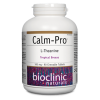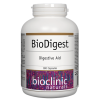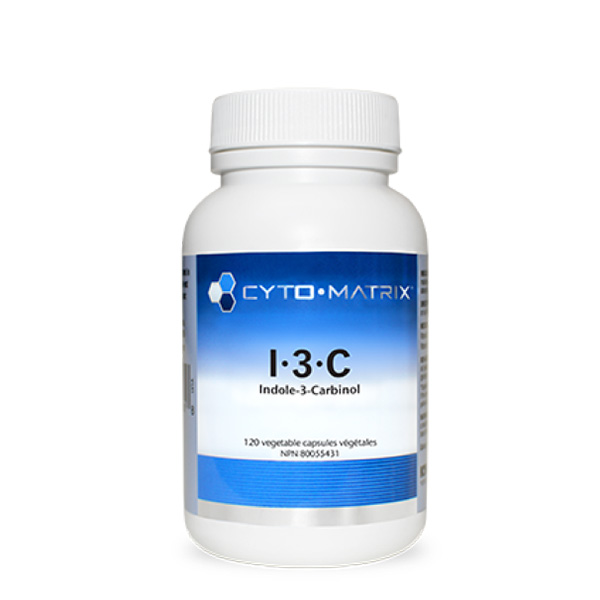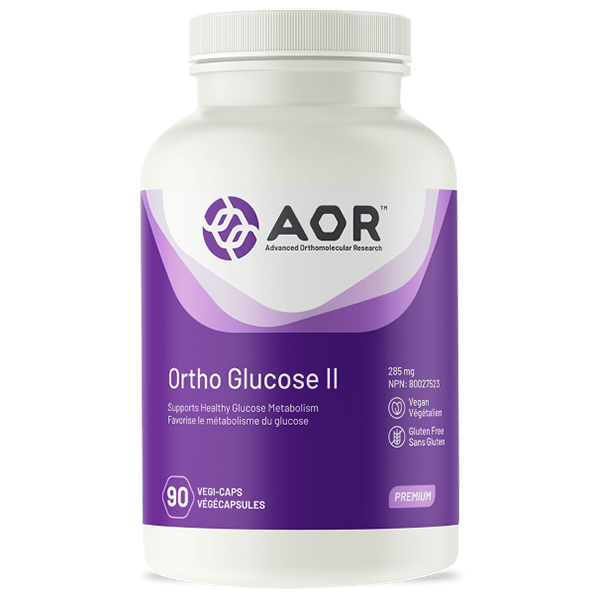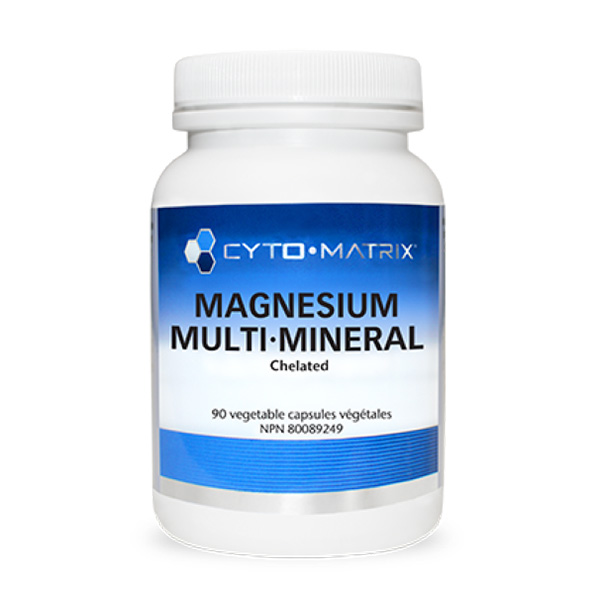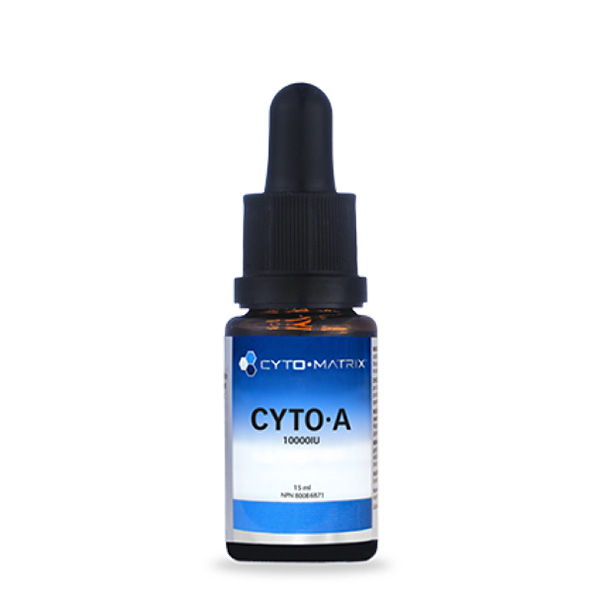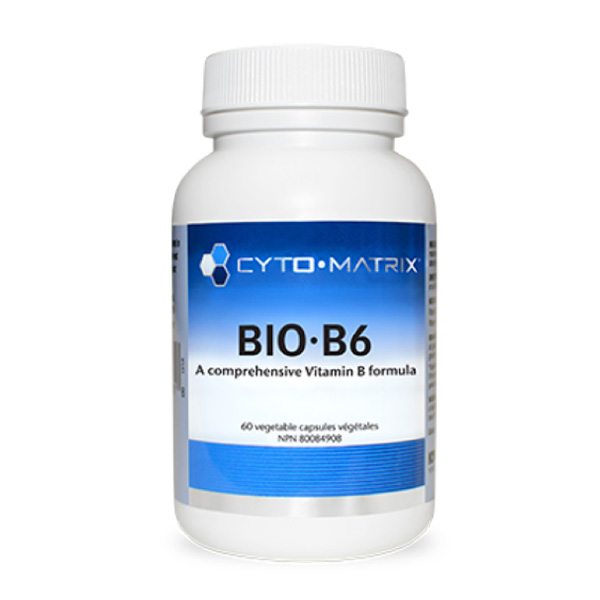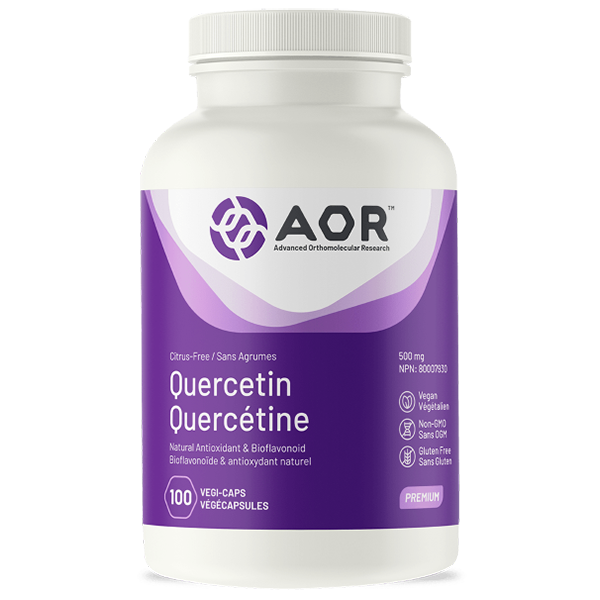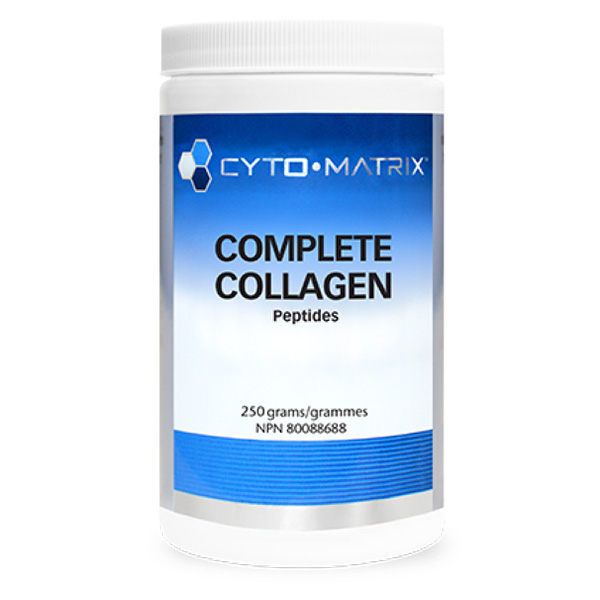Bioclinic – CoQ10 200 mg

$20.16
Heart Health
30 Softgels ( SKU: 9310, NPN: 80028367 ), 60 Softgels ( SKU: 9311, NPN: 80028367 )
In stock
Benefits
- Improves many varied health conditions, including cardiovascular disease, cellular decomposition, and oxidative stress
- Free of contamination by undesirable residue including bacteria or yeast
- In a base of natural rice bran oil and natural vitamin E to ensure a stabilized and highly absorbable form of CoQ10
Feature Summary
The majority of the clinical uses for CoQ10 are founded upon its role as an antioxidant, and its role in mitochondrial bioenergetics. It is a coenzyme for numerous reactions involved in cellular respiration, and is required for the efficient formation of adenosine triphosphate (ATP), the cellular currency which drives the majority of enzymatic reactions.1,2 As an antioxidant, CoQ10 is the only lipid-soluble antioxidant synthesized endogenously. It inhibits peroxidation of cell membrane lipids as well as circulating lipoproteins.3,4 CoQ10 supports cardiac tissues by improving endothelial function and by having a direct anti-atherogenic effect, which results in lower blood pressure and improved ventricular contractility.5,6
In clinical trials, CoQ10 has shown benefit for a wide range of cardiovascular conditions, including congestive heart failure, hypertension, and prevention of myocardial infarction.7,8 It also had clinical benefits for a number of neurological conditions, including Huntington’s disease, migraine, and Parkinson’s disease.9-13 Oral CoQ10 has also had positive results in patients with periodontal disease, gingivitis, male infertility, and statin-induced myopathy.14,15
Medicinal Ingredients
| Each Softgel Contains: | |
| Coenzyme Q10 (Microorganism) | 200 mg |
Non-Medicinal Ingredients
Rice bran oil, softgel (gelatin, glycerin, purified water, carob), natural vitamin E.
Allergens:
Contains no artificial colours, preservatives, or sweeteners; no dairy, starch, sugar, wheat, gluten, yeast, soy, corn, egg, fish, shellfish, salt, tree nuts, or GMOs.
Recommended Use:
Recommended Adult Dose: 1 softgel per day, preferably with a meal, or as directed by a health care practitioner.
Contraindications
Consult a health care practitioner prior to use if you are pregnant or breastfeeding.
Drug Interactions
Although very little evidence supports this interaction, CoQ10 resembles vitamin K structurally, and a potential interaction is possible for those taking the anticoagulant Coumadin. Close monitoring of the INR is recommended with CoQ10 introduction in these patients. No other negative drug interactions are known for CoQ10, though a number of medications are thought to interfere with CoQ10 synthesis or function in the body, including statin or blood pressure medications, tricyclic antidepressants, and oral hypoglycemic agents.17
1. Potgieter, M., Pretorius, E., Pepper, M.S., et al. (2013). Primary and secondary coenzyme Q10 deficiency: the role of therapeutic supplementation. Nutr Rev, 71(3), 180-8.
2. Littarru, G.P., Tiano, L. (2010). Clinical aspects of coenzyme Q10: an update. Nutrition, 26(3), 250-4.
3. Yubero-Serrano, E.M., Delgado-Casado, N., Delgado-Lista, J., et al. (2011). Postprandial antioxidant effect of the Mediterranean diet supplemented with coenzyme Q10 in elderly men and women. Age, 33(4), 579-90.
4. Littarru, G.P., Tiano, L. (2007). Bioenergetic and antioxidant properties of coenzyme Q10: recent developments. Mol Biotechnol, 37(1), 31-7.
5. Gao, L., Mao, Q., Cao, J., et al. (2012). Effects of coenzyme Q10 on vascular endothelial function in humans: a meta-analysis of randomized controlled trials. Atherosclerosis, 221(2), 311-6.
6. Rosenfeldt, F.L., Haas, S.J., Krum, H., et al. (2007). Coenzyme Q10 in the treatment of hypertension: a meta-analysis of the clinical trials. J Hum Hypertens, 21(4), 297-306.
7. Chaturvedi, R.K., Beal, M.F. (2013). Mitochondria targeted therapeutic approaches in Parkinson’s and Huntington’s diseases. Mol Cell Neurosci, 55, 101-14.
8. Shults, C.W., Flint Beal, M., Song, D., et al. (2004). Pilot trial of high dosages of coenzyme Q10 in patients with Parkinson’s disease. Exp Neurol, 188(2), 491-4.
9. Littarru, G.P., Tiano, L., Belardinelli, R., et al. (2011). Coenzyme Q (10), endothelial function and cardiovascular disease. Biofactors, 37(5), 366-73.
10. Yoritaka, A., Kawajiri, S., Yamamoto, Y., et al. (2015). Randomized, double-blind, placebo controlled pilot trial of reduced coenzyme Q10 for Parkinson’s disease. Parkinsonism Relat Disord, 21(8) 911-6.
11. Molyneux, S.L., Florkowski, C.M., George, P.M., et al. (2008). Coenzyme Q10: an independent predictor of mortality in chronic heart failure. J Am Coll Cardiol, 52(18), 1435-41.
12. Lei, L., &Liu, Y. (2017). Efficacy of coenzyme Q10 in patients with cardiac failure: a metaanalysis of clinical trials. BMC Cardiovasc Disord, 17(1), 196.
13. Littarru, G.P., Tiano, L. (2005). Clinical aspects of coenzyme Q10: an update. Curr Opin Clin Nutr Metab Care, 8(6), 641-6.
14. Safarinejad, M.R., Safarinejad, S., Shafiei, N., et al. (2012). Effects of the reduced form of coenzyme Q10 (ubiquinol) on semen parameters in men with idiopathic infertility: a doubleblind, placebo controlled, randomized study. J Urol, 188(2), 526-31.
15. Pringshelm, T., Davenport, W., Mackie, G., et al. (2012). Canadian Headache Society guideline for migraine prophylaxis. Can J Neurol Sci, 39(2 Suppl 2), S1-59.
16. Ernster, L., Dallner, G. (1995). Biochemical, physiological and medical aspects of ubiquinone function. Biochim Biophys Acta, 1271(1), 195-204.
17. Bonakdar, R.A., Guarneri, E. (2005). Coenzyme Q10. Am Fam Physician, 72(6), 1065-70
Related Documents
| Weight | 0.1 kg |
|---|


